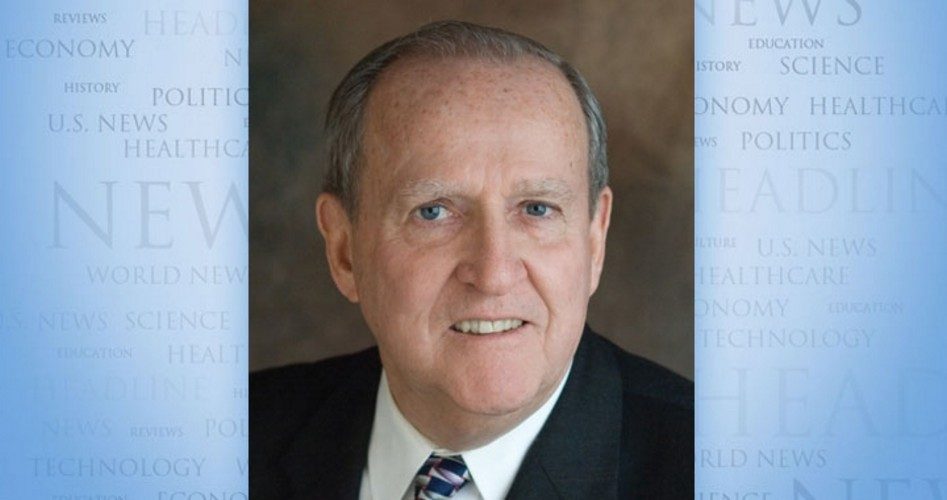
New York City subway riders will hardly forget what happened on the morning of December 11, 2017. A bomb carried by an immigrant from Bangladesh prematurely exploded in a busy underground corridor linking two portions of the city’s subway system. It was a stroke of luck that only a small portion of the man’s bomb detonated, wounding him, and hurting three unlucky subway patrons walking alongside.
Akayed Ullah intended to join the ranks of suicide bombers who have created havoc across the globe. He strapped his makeshift bomb to himself under his clothing and evidently didn’t follow all the instructions about how to build such a weapon. Where he obtained the bomb-making information could have come from a computerized messaging system known as Telegram that routinely disseminates propaganda for would-be jihadists. A few years ago, two brothers used pressure cooker bombs triggered by cell phones to create deadly mayhem at the Boston Marathon. The two learned how to construct their death-dealing devices from a magazine article detailing how to use a pressure cooker, electronic detonators, etc. If it’s that easy to become a terrorist bomber, we should expect more, not less, terrorism.
Ullah entered the United States from Bangladesh in 2011 using an F-4 visa, the kind available only to those who have family members who are U.S. citizens. His status under existing immigration policy places him as a permanent U.S. resident. Questioned at his hospital bed soon after his terrorist attack failed to kill innocent subway patrons, Ullah admitted being inspired by ISIS. He sought to protest the U.S. attacks on ISIS targets in Syria and elsewhere with his grisly attack on innocent civilians. He regularly attended prayer sessions at a mosque near his residence in Brooklyn. The imam at that mosque credibly claimed to be opposed to any sort of jihadist activity.
Many reminders of Christmas throughout New York seemed also to have irritated the Muslim Bangladeshi immigrant. His determination to harm New Yorkers reminded city officials that, since the horror of 2001 when thousands died at the World Trade Center, more than two dozen similar plots had been identified and stopped before death-dealing jihadists had carried out their plans. Only weeks previously, a jihadist used a truck as his weapon to kill eight on a bicycle path in lower Manhattan.
The incident in the subway tunnel was not without its heroes. After Ullah’s bomb exploded, he was lying in pain on the floor with wires sticking out from his clothing. As he reached for his cell phone, three city policemen who had just rushed to the scene, saw what he was doing, and dove at him to successfully grab the phone. Heroism like that may be comforting, but it won’t stop similar attacks as potential jihadists respond to the defeated ISIS leaders who are urging such attacks on the West.
President Trump has widely been criticized for banning immigration from several Middle East and African countries. Included are Iran, Syria, Libya, Somalia, and Yemen as well as recent additions Chad, North Korea, and Venezuela. (The Supreme Court approved this move as recently as December 4, 2017.) As sensible as such bans may be, they would never have stopped Akayed Ullah from traveling in and out of the United States. There are surely many more who possess F-4 visas, and other permissive documents, and could become the next terrorist bombers. Both federal and local authorities know that real potential exists for previously docile immigrants to create their own homemade bombs, especially after being urged to do so by ISIS, Al Qaeda, and other militantly determined foes of Western civilization.
More needs to be done to slow down and eventually terminate these terrorist attacks. Nibbling at the edges of a growing problem isn’t enough.
Want to learn more? Watch our video Exposing Terrorism.
John F. McManus is president emeritus of The John Birch Society. This column appeared originally at the insideJBS blog and is reprinted here with permission.


